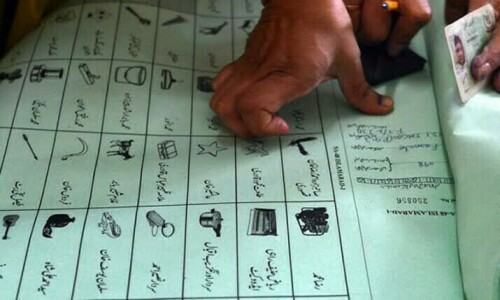
“If Music be the food of L…” Wait! Did somebody say food?
Known for their insatiable appetite for both fun and food, the history of the Parsis begins appropriately with a vessel of milk.
According to legend, when Zoroastrian refugees landed on the shores of Gujarat around the 10th Century AD, the local King was at first apprehensive about granting asylum to them. He sent them a bowl of milk, filled to the brim, to indicate that his land was already brimming with prosperity and did not need the inclusion of the Zoroastrians. A High Priest added a spoonful of sugar to the bowl, indicating that his community would bring flavour and richness to the new land without changing its colour or form. Impressed by the demonstration, Gujarat embraced the Zoroastrians who settled there and in time came to be known as the Parsis.
In hindsight this culinary analogy could not be more fitting to describe a community in which cooking is a craft and eating a sport! A marriage of Indian and Iranian tastes, the allure of Parsi cuisine in its endless combinations, is as much about experiencing food as about tasting it. Anyone who has been served ‘Patra ni Machhi’ would understand. Fillets of fish covered in chutney made of mint, coconut and green chillies, are artistically wrapped in banana leaves and steamed to absorb the delicate flavours. Like a child slowly unwrapping a gift, the anticipation built up by having to unwrap the succulent fish, intensifies the experience.
On the other hand ‘Patrel’ is an acquired taste: taro (arvi) leaves are spread with a spicy, sweet and sour paste. The leaves are then expertly packed together and bound as a roll. Thin slices are cut to reveal elegant swirls of Patrel, which are then deep fried and served mainly as a snack.
The repertoire of Parsi food ranges from adventurous combinations to the truly unique; ‘Doodh na Puff’ is an extraordinary breakfast food, which is best explained by Bapsi Sidhwa in her essay “A Puff of Air”. It is made with fresh, whole milk that is covered by muslin and left to absorb dew overnight. It is then whisked to a light froth, early the next morning, which is scooped up in a glass and sprinkled with powdered nutmeg and cinnamon.
With six annual feasts known as Ghambaars, food plays a pivotal role in Parsi celebrations. These feasts are large events where the entire community is meant to come together and enjoy the same meal. In Pakistan and much of India long tables are placed parallel to each other with people sitting on one side only so that those on the first table face those on the second, those on the third face those on the fourth and so on. The narrow channel between the tables is meant to facilitate those serving the food.
In lieu of a plate, food is traditionally served on a banana leaf. Various chutneys and pickles are served first, followed by ‘Papeta ma gosh’ (meat with potatoes) and hot chapattis. This is often followed by ‘Dhunsak’ and rounded off with ‘Parsi Custard’.
Perhaps the most popular meal in Parsi cuisine, Dhunsak is more a labour of love than a dish. Usually a Sunday afternoon staple, the rich, dense, lentil stew is thickened with vegetables and left to simmer with meat or chicken added to it. When cooked, the different ingredients deliver a complex blend of flavours that complement each other perfectly. The stew is then eaten with light brown caramelised rice accompanied by a finely diced salad of onion, tomato and cucumber called ‘kachoombar’. With its combination of lentils, vegetables and meat, and the infinite number of spices added, the beauty of a Dhunsak recipe is how it changes from household to household.
For those who can remember when there was a thriving Zoroastrian community in Pakistan, Parsi food is flavoured with far more than herbs and spices. It carries with it memories of Old Kurrachee: Of schoolchildren in crisp uniforms filing into BVS and Mama Parsi School; of the old buildings in Saddar, Elphinstone Street, Depot Lines, Clifton; of evenings spent at the Kothari Parade and of taking in the salty air from on top of the Katrak Bandstand, which stands tall as one of the landmarks of the city. Those of the community remember gathering in large numbers during Navroze — the Zoroastrian New Year, celebrated both in March and in August. Despite dwindling numbers, the community often comes together to share a meal, where the main ingredient has become nostalgia.














































